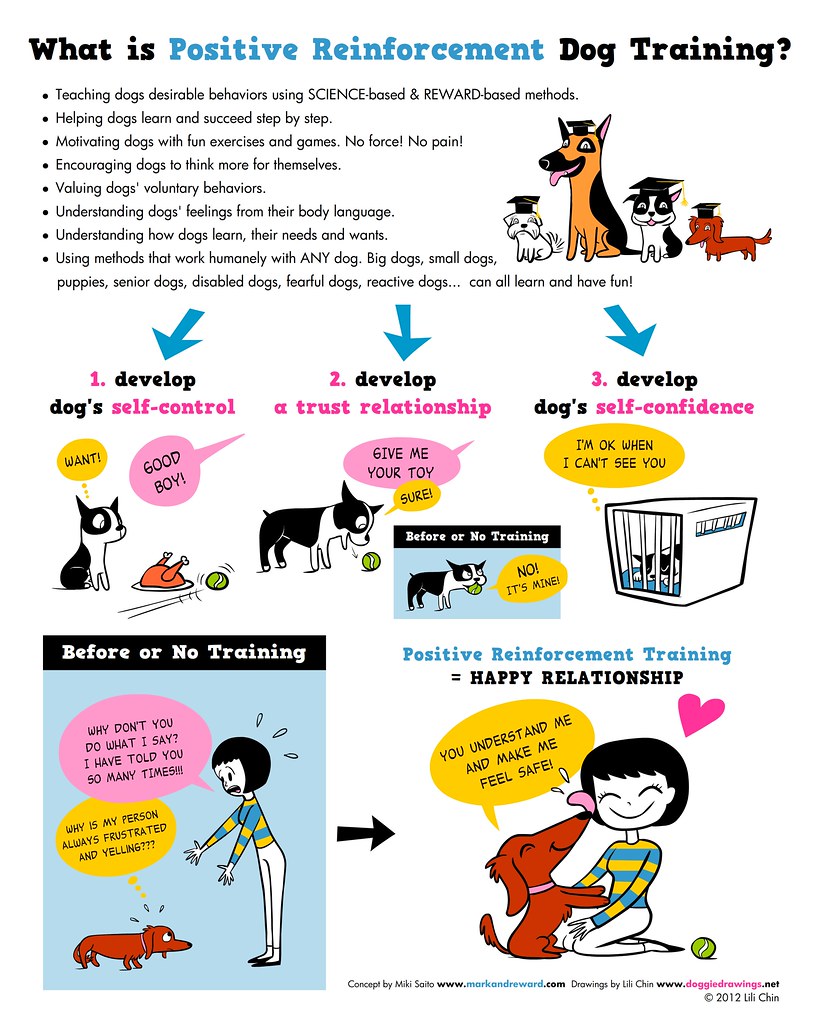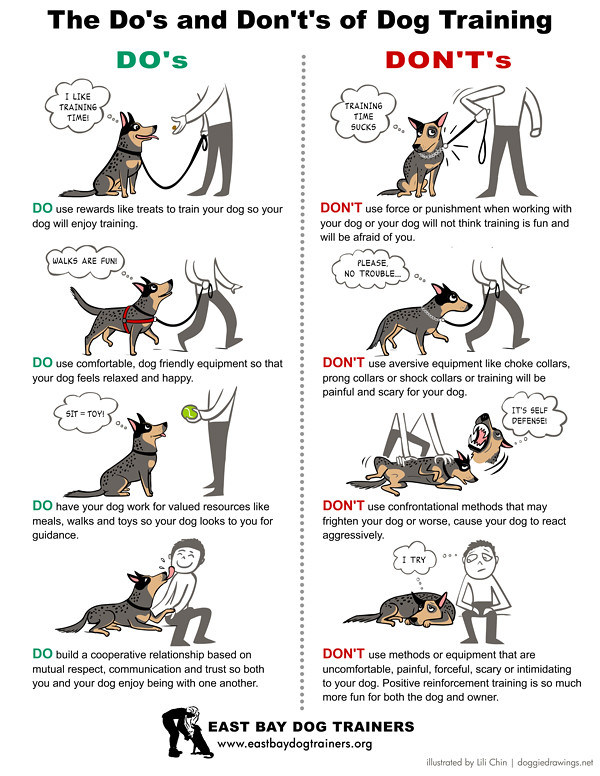Training Your JA Puppy
From JACA Breed FAQ:
- As far as temperament goes, Akitainus are not for everyone. The breed is known for its loyalty and protectiveness as well as its stubbornness and dominant personality
- Given their hunting background, Akitainus can be animal aggressive. They are also commonly aggressive towards dogs of the same gender and tend to be reticent towards strangers
- Early training and socialization are encouraged for all Akitainus. It is important to note that the breed does not respond well to negative training tactics and cruel corrections. Furthermore, owners and trainers should keep in mind that Akitainus are likely to become bored easily by repetitive training sessions. Therefore, using positive reinforcement and firm corrections is the preferred method for training an Akitainu.

Why enroll your Japanese Akitainu in puppy training class?
Training fundamentally boils down to:
- Rewarding desirable behaviors. Common examples: loose leash walking, laying down calmly while you eat dinner, timely recall.
- Making sure undesirable behaviors are not rewarded and redirecting for alternative behavior. Common examples: pulling at the leash, barking at the mail man, chewing on shoes.
We sometimes hear people say “I took my puppy to Puppy 1 classes but he didn’t learn anything.” I hate to break it to you, but most dog training courses aim to teach the human, not the dog, how to control the consequences of the dog’s behavior. If the human doesn’t pay attention in class or take the time to practice lessons learned outside of class, the dog isn’t going to learn there are consequences to his behavior. I advocate group classes over private training if the dog is well socialized and friendly, as the group class environment forces the dog to pay attention to the owner/handler with other dogs/humans as distraction.
Disadvantages of delaying training
Start your pup off right! Some people wait until the puppy has all the vaccinations to start training. Unless there is a canine flu or Parvovirus outbreak or medical recommendation per the vet, I do not see the benefits of delaying training beyond 4 months. By the time a JA puppy is 4 months old, he is no longer naïve to the world around him. He’s gotten used to your household routine, and started to form opinions about the people and animals he shares his home with. Like any teenager, he may start to challenge what he’s been told and ask the vital question of “What’s in it for me?” (which some Akitainu owners claim is a breed-specific quality at any stage of life).
Most puppy 1 classes have a cut off age at 18 weeks. If the pup has never been to a puppy social or puppy class since leaving his littermates, he probably did not get a chance to learn dog-dog bite inhibition, either. So a puppy that did not get to attend puppy class may only be eligible to enroll in training classes meant for adult dogs. There are a few downsides to this occurring:
- Older adult dogs might not be tolerant of an exuberantly playful, young puppy and the pup misses out on socialization with its peer group
- If the boy puppy is intact, he’s also experiencing raging hormones and their associated effects
- Most girl puppies come into season at 5-8 months of age. To prevent unwanted pregnancies, most people keep bitches in heat at home and drop out of class (or may be asked by the trainer to keep the in-season adolescent at home so as not to distract the other dogs)
- Dog training classes are typically taught on leash vs. off leash. Off leash puppy classes have the added benefits of built-in recall training
- While it may seems that your JA pup has an insatiable appetite, JA do most of their growing between 4-8 months old. Once their growth slows, their appetite decreases and food may not be sufficient motivation for training
Consider the following scenario. An owner took his JA to the vet to treat an ear infection. The JA was a 4-year-old neutered male, and not used to being handled by people outside of his family, he started behaving aggressively. Since the vet could not get the dog to wear a muzzle, they had to sedate the dog in order to conduct the exam. When the owner picked up the JA, the dog was wasted and whining from coming out of the sedative. Could operant conditioning training and socialization better enable the vet visit to be a more positive experience for everyone involved? Absolutely, and private training might be more suitable for this particular adult male. Also important to note is that due to other medical issues that could arise, especially as the dog ages, sedation for every vet visit should not have to be an option.
A perspective of training and socialization on rescue prevention
Back when I was more involved with another Japanese breed, I met a handful of dogs who came up for rehoming. They were all around 1-3 years of age. They were not show/retired breeding stock or puppy mill rescues who needed new homes. These were pet dogs for which the owners originally paid anywhere from $1200-$2000 each, who needed new forever homes due to behavioral reasons. Here are the highlights:
- A young couple had a toddler and a newborn, and was looking to rehome their two dogs. Both dogs were under five years old. In addition to lack of time for the dogs, the male was showing shy aggression issues towards the toddler’s human playmates. I distinctively remember the lady owner sounded both exhausted and sad when she shared that the playmates parents had been complaining to her that they had a devil dog and didn’t want to bring their kids over to play 🙁
- A couple with two pre-teen children and a 2-year-old male dog added a female puppy to their family. Both dogs were spayed/neutered but as the female matured, she would randomly beat up the male. The owners posted a message on Facebook: “Due to irreconcilable differences, our boy and girl need to be separated. This is not a decision that we have made lightly. We have discussed the issue with several behaviorists and there does not seem to be a good solution other than re-homing her… It has been recommended that she be placed in a home where she is the only dog so she can be her awesome diva self and not have to fight for it. She gets along with other dogs and is only having issues with him when we are at home. If you know of anyone who might be interested in her awesomeness, please let us know.”
So why am I sharing this in a JA blog? Because as JA enthusiasts, we’ve been lucky there wasn’t a huge surge in demand for Akitainus since Hachi: A Dog’s Tale (2009) came out. Perhaps we have Breed Specific Lists to be thankful for, or people found out the cute puppy in the beginning of the film was actually a Shiba Inu, but fundamentally Japanese breeds are not user-friendly for those who do not have the time or resources to socialize and train them. A healthy, happy puppy will not develop behavioral problems if the owner takes the time to socialize and train the puppy. One should not expect their JA to know how to walk off leash to and from the train station without significant effort involved.
What should be your goal in training?
In general, Japanese Akitainus are intelligent and confident creatures. At a bare minimum, your JA should be able to walk on a loose leash, hold a sit-stay or a down-stay and tolerate handling by a friendly stranger. These desired behaviors will allow for everyday safety and medical and hygienic purposes.
It is very reasonable to aim for obtaining an AKC’s Canine Good Citizenship (CGC) title. The 10 step CGC test consists of:
Test 1: Accepting a friendly stranger
Test 2: Sitting politely for petting
Test 3: Appearance and grooming
Test 4: Out for a walk (walking on a loose lead)
Test 5: Walking through a crowd
Test 6: Sit and down on command and Staying in place
Test 7: Coming when called
Test 8: Reaction to another dog
Test 9: Reaction to distraction
Test 10: Supervised separation
For more details on the test items and procedure, please see AKC Canine Good Citizen Training & Testing
Once you have basic obedience down, you have the foundation to pursue offleash dog sports such as rally obedience, agility, lure coursing, and weight pulling.
Positive Reinforcement Trainer Referrals from JACA Members
Listed By Geographic Region:
- Coastal Delaware: Pawsitively Fabulous
- DFW Metro/Duncanville, TX: Dog Training Club of Dallas County
- DFW Metro/Addison, TX: All Fur Fun Training and Event Center
- Nashville TN and surrounding suburbs: Sabra Dog Training
- Seattle and Eastside Area: RiverDog
- SeaTac Metro/Redmond, WA: Montley Zoo
- SeaTac Metro/Sumner, WA: It’s a Dog’s World Training & Agility Center
- Gold Beach, Oregon: Pup Star Dog Training
- San Francisco, several locations: Smarty Pup!
- San Francisco: San Francisco SPCA
- San Francisco Bay Area, a network of 24 locations: SIRIUS®, the Original Puppy School
- San Jose Metro from Palo Alto to Gilroy to Fremont: A Dog’s Day – Dog Training
- San Jose Metro/South Bay: Paws 4 Life Dog Training
Suggested readings:
- Training Your Dog
- Dog Training: Nothing In Life Is Free
- AKC Canine Good Citizen
- Teaching Fido to Learn to Earn: Dr. Yin’s Program for Developing Leadership in Humans and Impulse Control in Dogs by Dr. Sophia A Yin
- The Misunderstood Dog: Break Free of the Myths About Man’s Best Friend and Learn How to Train Your Dog with Facts by Jordan Rothman
- 12 Terrible Dog Training Mistakes Owners Make That Ruin Their Dog’s Behavior…And How To Avoid Them by Suzanne Hetts
- The Other End of the Leash: Why We Do What We Do Around Dogs by Dr. Patricia B. McConnell
- The Culture Clash: A Revolutionary New Way to Understanding the Relationship Between Humans and Domestic Dogs by Jean Donaldson

